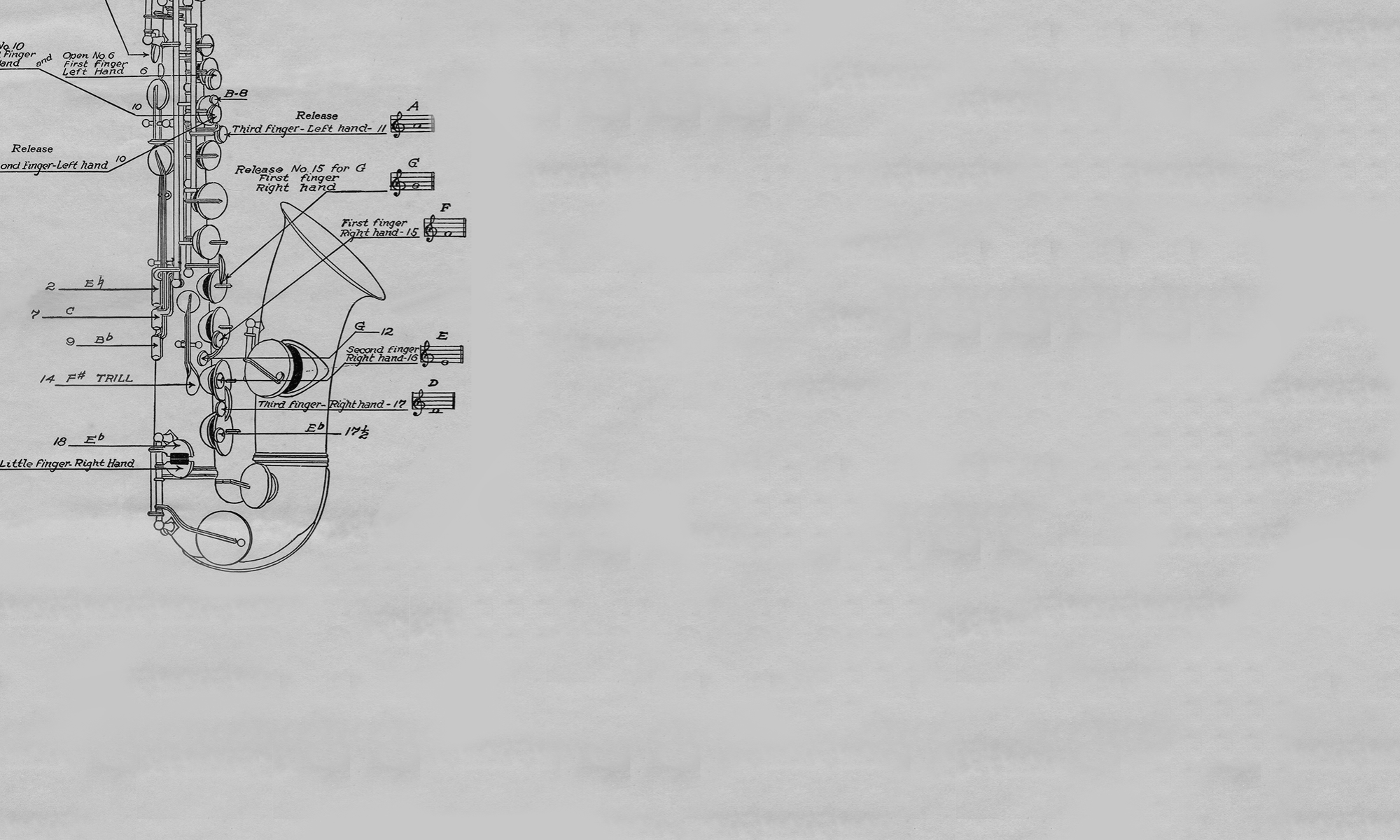In 1873, Patrick Gilmore, considered one of the country’s greatest bandleaders at that time, hired Edward Lefebre, a Dutch saxophonist, to play in his American military band. This is the first instance of a saxophone section in an American band. After Gilmore’s death in 1892, Lefebre joined the Sousa Band and performed for two seasons. After Lefebre left the Sousa Band, the March King hired two other European saxophonists, Jean Moeremans and Ben Vereecken, the latter of whom wrote the first American saxophone method book in 1917.
John Philip Sousa, recognizing American audiences’ growing taste for popular ragtime characterized by the Brown Brothers and Rudy Wiedoeft’s “Sax-O-Phun” and “Saxophobia,” began regularly programming the Sousa Band’s saxophone sextet and octet for music performances during the 1920s. They were modeled on the Brown Brothers, but without the blackface and racial stereotypes.
